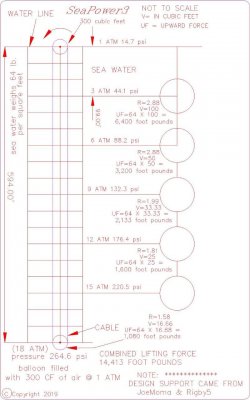- Aug 6, 2017
- 5,445
- 1,310
- 140
- Thread starter
- #381
Tell me why there are several definitions of electricity.
There is the “amp”, “volt”, “current” and “watts”. These terms are describing different aspects of electricity which all are just a way to measure the effects of the electron. The electron in turn moves through space because of the pull and push of magnetism.
Does this have anything to do with my machine; well; no, not directly.
Now back to the problem at hand, to be repeated for the umtenth time; how simple can simpalton be-?
What’s at hand here is the power of “force” at any one moment in time.
If you are getting more energy output than is required to keep the system running then you are traveling down a downhill road coasting all the way; for the moment, this is a perpetual motion machine.
 -
-
There is the “amp”, “volt”, “current” and “watts”. These terms are describing different aspects of electricity which all are just a way to measure the effects of the electron. The electron in turn moves through space because of the pull and push of magnetism.
Does this have anything to do with my machine; well; no, not directly.
Now back to the problem at hand, to be repeated for the umtenth time; how simple can simpalton be-?
What’s at hand here is the power of “force” at any one moment in time.
If you are getting more energy output than is required to keep the system running then you are traveling down a downhill road coasting all the way; for the moment, this is a perpetual motion machine.

